Milton Avery: American Colourist – Royal Academy, London
A review of an exhibition of work by Milton Avery at the Royal Academy. This in-depth look at a quietly influential artist is a rare treat for those of us on this side of the Atlantic.
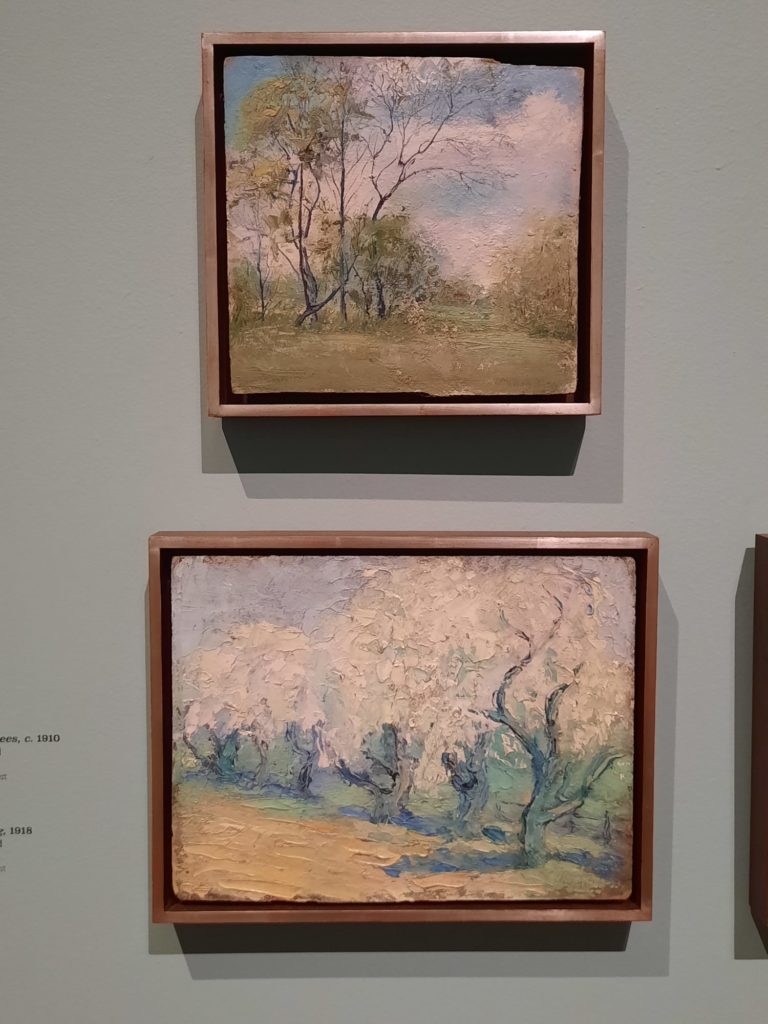
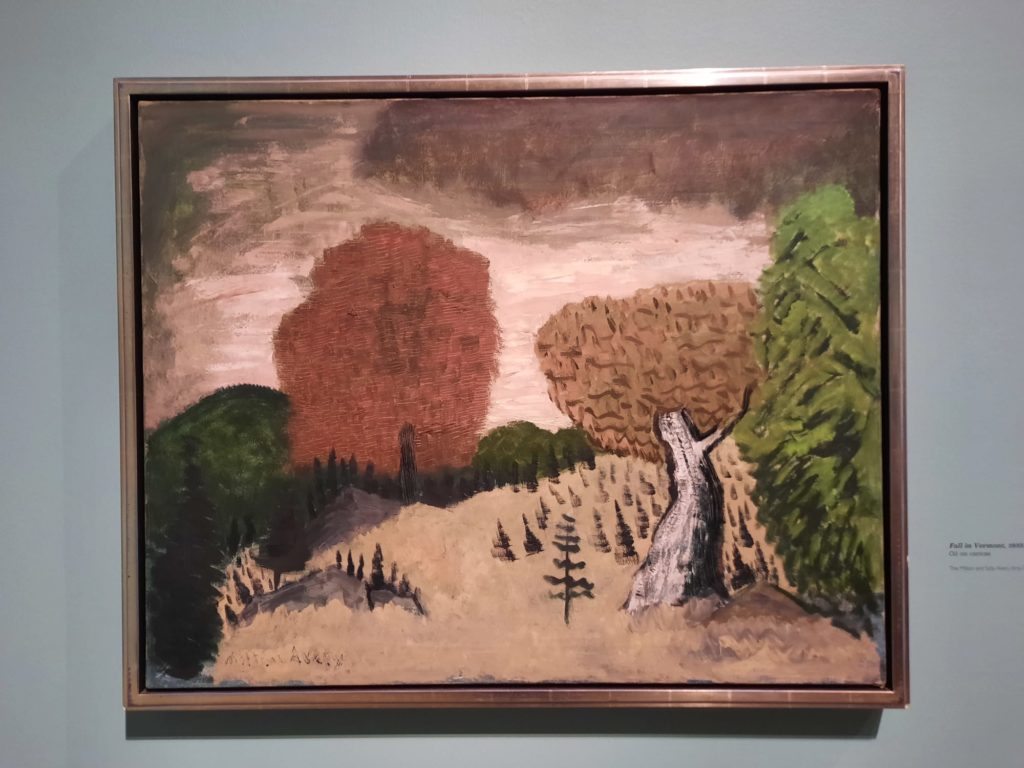



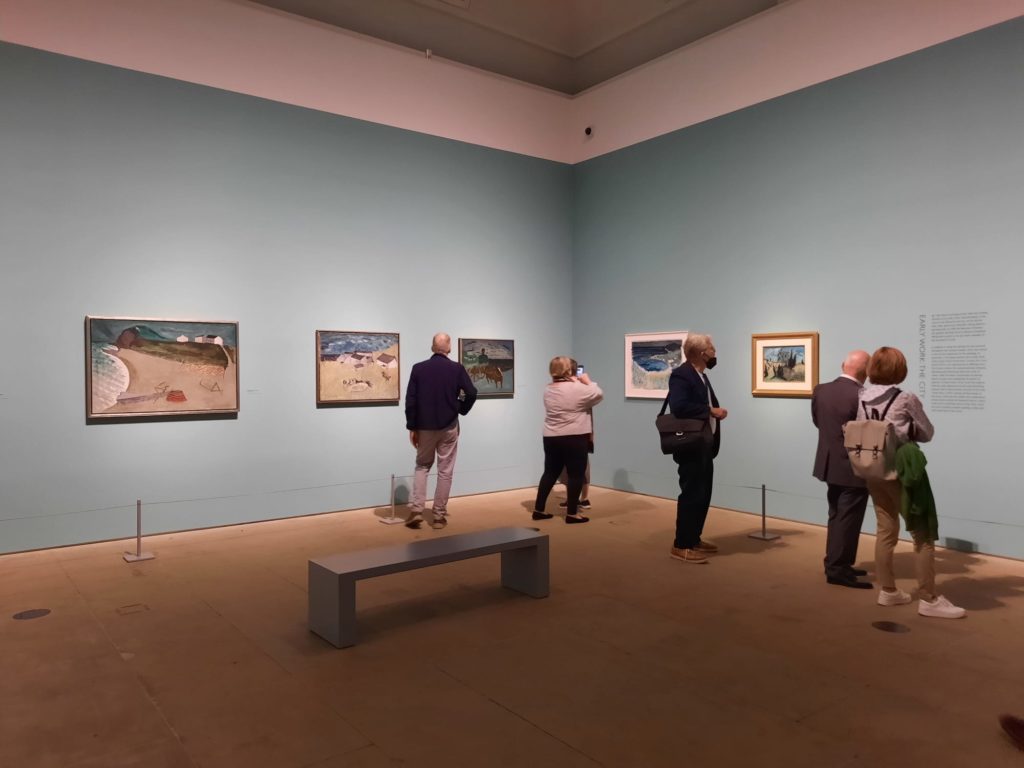
Milton Avery: American Colourist
Regular readers know by now that I (generally) love exhibitions at the Royal Academy, and also finding out about artists I’m not so familiar with. So please let me introduce you to Milton Avery: American Colourist at none other than the RA! This is actually the eleventh exhibition I’ve seen here since I relaunched the blog in 2020, which seems quite impressive. On the part of their programming, not my attendance.
Anyway, I’m getting off track. Milton Avery: American Colourist is the largest ever exhibition of this artist’s work in Europe. Avery is an interesting character, whose influence belies how late he came to making a professional career from his art. Born in New York State in 1885, he came from a working class background. He worked in blue collar and factory jobs, particularly after the death of his brother in law left him the only working age male in the family. However, he also developed an interest in art, first taking night classes and later working night shifts so he could paint during the day. By this time he lived in Hartford, so got started at the Connecticut League of Art Students.
Roy Neuberger, whose Neuberger Museum of Art at the State University of New York I once visited on a mad whim, had almost a one-man campaign to get Avery recognised. He bought over 100 of his paintings, and loaned or donated them to museums around the world. Museums are a strong legitimising force in art, and this had the desired effect. By the end of his career Avery was a professional artist and spent summers with younger artists like Mark Rothko and Barnett Newman, all inspiring each other on to new heights. He died in 1965 following a long illness.
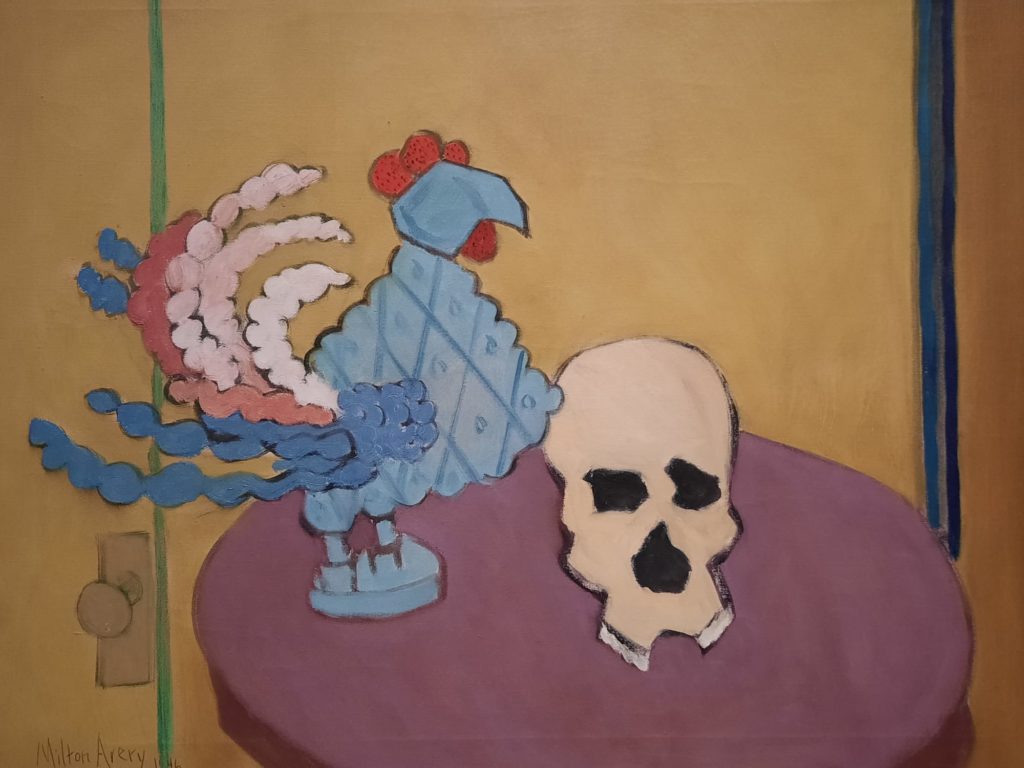
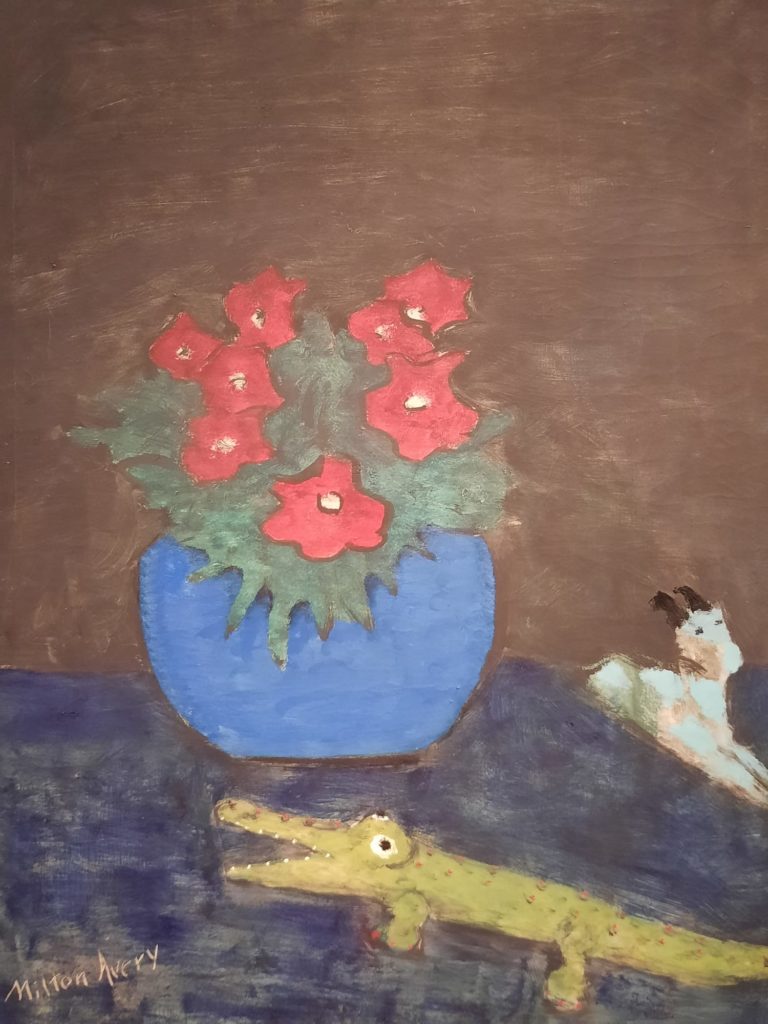

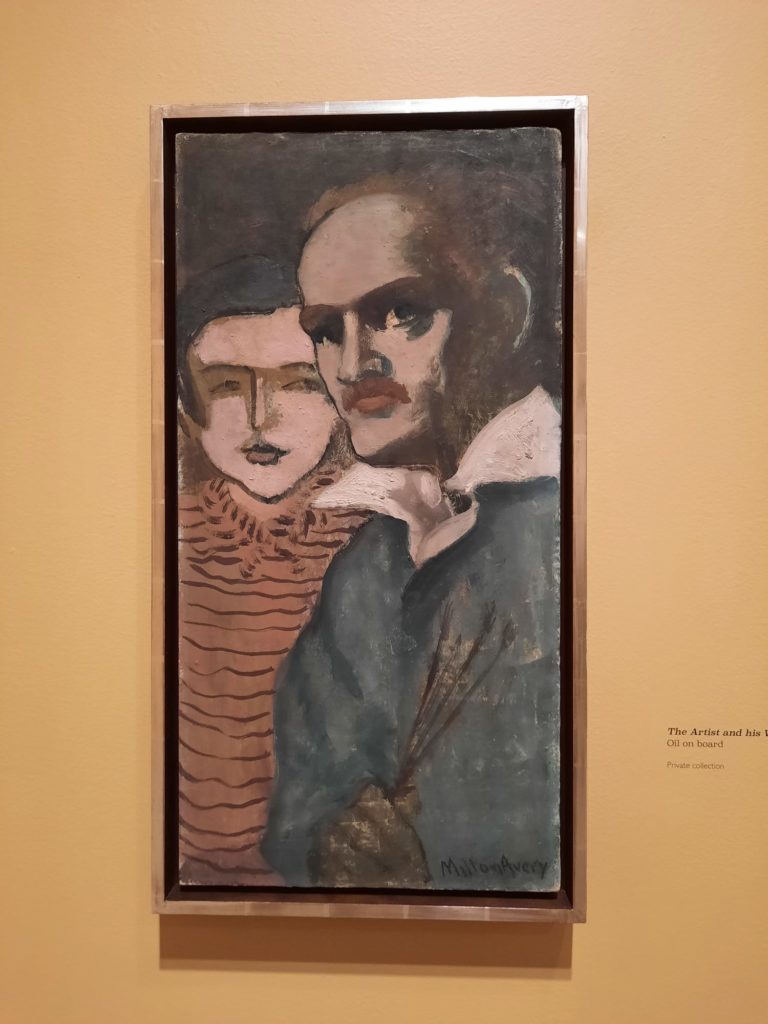
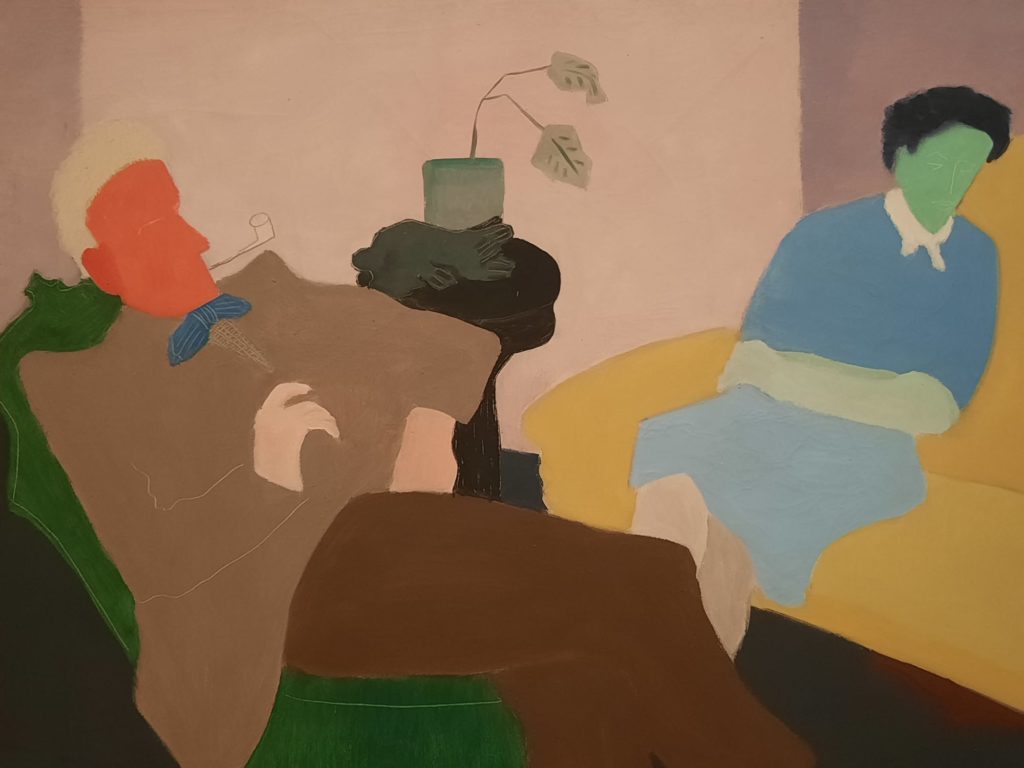

Getting To Know Avery
This exhibition was held in one of the RA’s smaller spaces, the same one where we saw Gauguin and the Impressionists and Late Constable. This long, narrow space creates quite a good narrative flow. On this occasion the curators (led by Edith Devaney) used its three rooms to establish Avery’s developing early style, growing individuality particularly through portraiture, and mature style best seen in landscapes. Segmenting each period off like this allows the viewer to really understand the thesis before moving on. And for an artist who had a protracted start to his career, it’s particularly interesting to see this growth.
The early works are nice, but not earth-shattering. There are clear influences from the European Impressionists, as translated through an American art education. Particular paintings reminded me of a Van Gogh or maybe a Leger. In the next room was where it started to get good. The forms flatten, and colour becomes intuitive rather than realistic. It reminded me a lot of the Matisse exhibition I recently saw at MoMA. (And interesting as an aside that it was ultimately in the US that Matisse’s style was appreciated.) Avery and his wife (and fellow artist) Sally Michel Avery frequently hosted friends at their New York apartment. Avery was an observer more than a participant, which comes across in these carefully observed works. Despite the stripped back forms we can tell a lot about the psychology of Avery’s subjects, often from the colours used and relation of figures to each other.
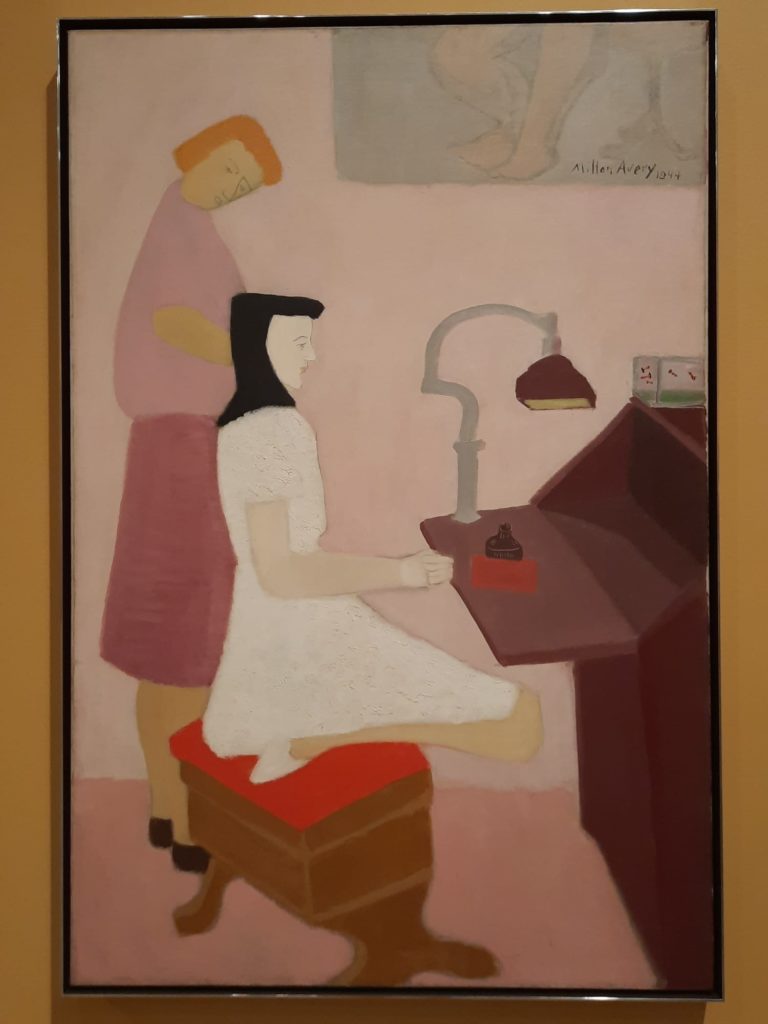

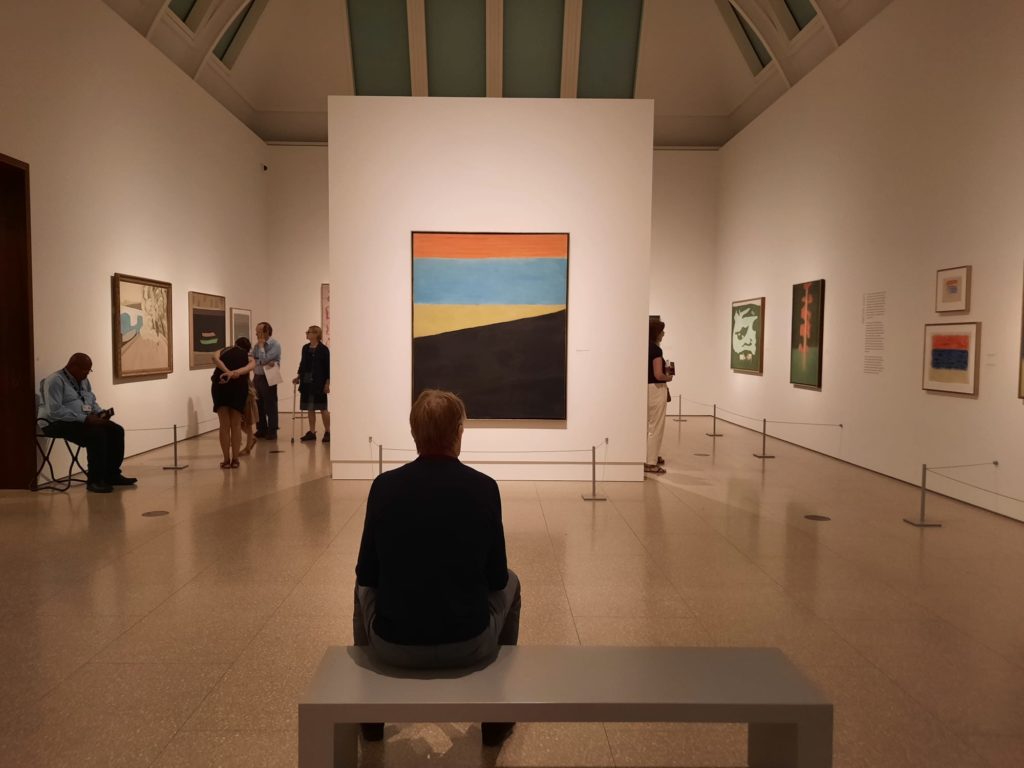
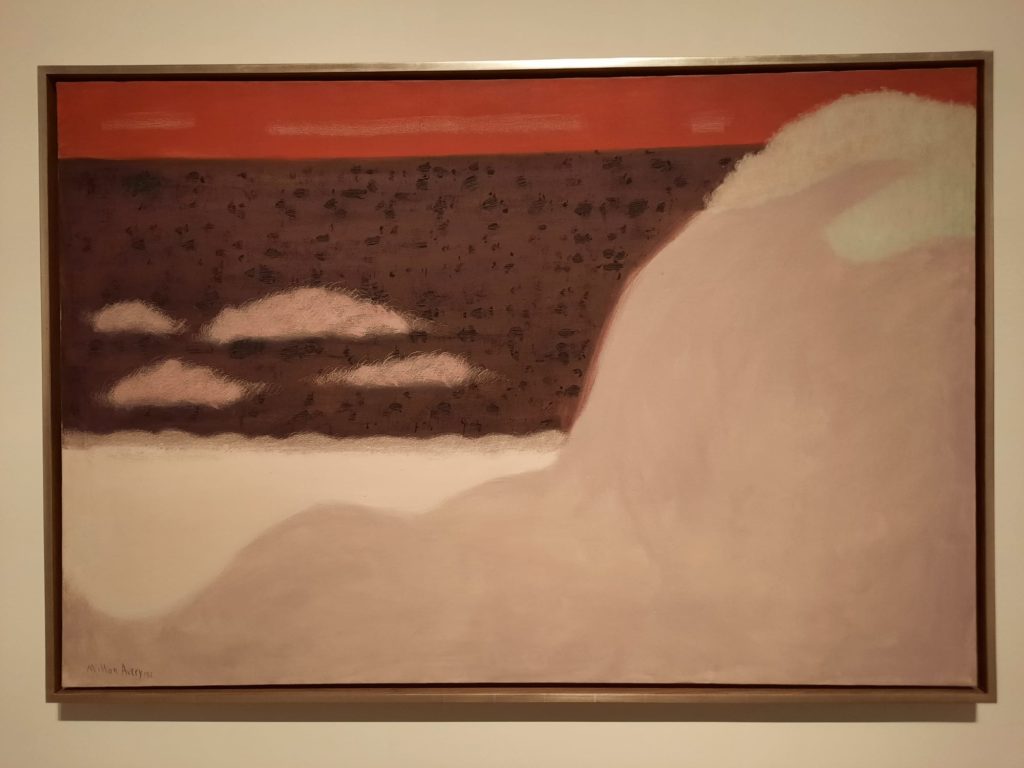


The Mature Works
Having had this build-up from factory-working art student to nascent professional artist, I was very invested by the time I got to the third space in the exhibition. And I was blown away by his later landscapes. There is so much of Rothko in the blocks of colour. And yet Avery’s works are always figurative. Even if the sky is red or purple, the sea black, we can make out what the artist had in front of him. Some of the colours are mesmerising. If anything I would have liked a bit more from this later period, as this room felt a little sparsely hung compared to the others.
Nonetheless, seeing this depth and quality of works made quite an impression on me. Like I said, I’ve been to the Neuberger Museum of Art from which many of the loans are sourced. But I don’t particularly remember seeing Avery’s work there. Following this well-crafted and paced exhibition, I feel I know Avery’s work and life much better and will appreciate these paintings when I see them again.
This exhibition is a great opportunity to study an American modernist in focus. Comparatively few of the works come from UK collections, so I urge art lovers to get along and see them. The exhibition is small enough that you can really take your time and sit with them for a while. How glad I am that Avery persevered with his artistic ambitions!
Salterton Arts Review’s rating: 4/5
Milton Avery: American Colourist on until 16 October 2022
Trending
If you see this after your page is loaded completely, leafletJS files are missing.

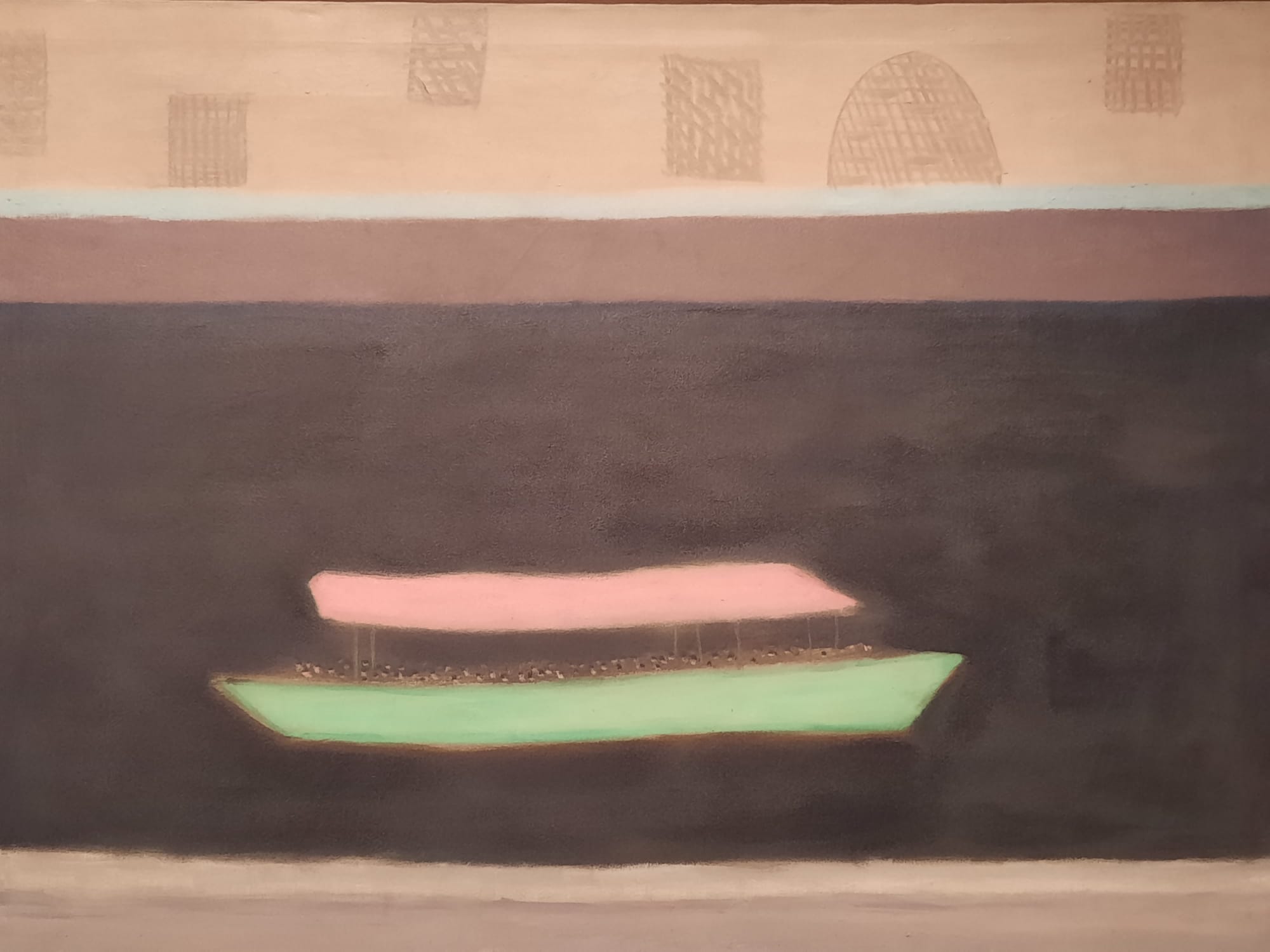
The sense of development is so clear and interesting, isn’t it? He’s a pioneer. His story makes one wonder how many other wonderful artists are lost factory work, or the like…
Yes I really loved seeing him develop as an artist through the flow of the exhibition. And what resolve to go from night school and a manual job to a professional artist in NYC. Not something everyone could achieve, no matter how talented!